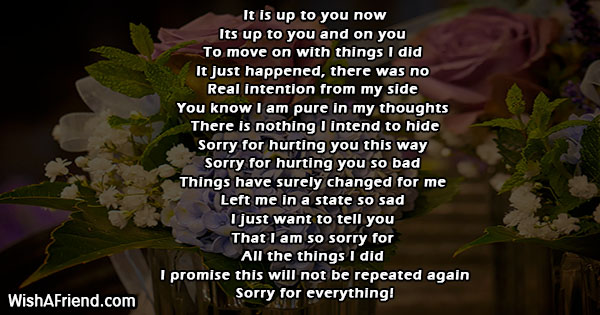


It’s also possible that your baby’s umbilical cord could have gotten wrapped around their neck, a condition that doctors call nuchal cord. Or there could be a problem with your baby’s placenta or with your uterus. Your baby’s growth might have slowed down. You might just try another time to launch a kick count when your baby seems to be more active.īut there are other more potentially serious reasons that your baby might not be moving around as much. For example, you might have unknowingly chosen to do a kick count while your baby was napping. There can be benign (harmless) causes of decreased movement. If you reach 10 before the second hour is up, you and baby are good to stop the count.īut if you consistently monitor a kick count on a daily basis and then notice a day when the movements drop off, call your doctor immediately. If your baby doesn’t kick, squirm, or poke you 10 times within an hour, you might try having a snack, changing position, and then continuing your count for another hour. Focus on baby’s movement, and see how long it takes to get to 10 kicks. Typically, it’s a good idea to do a kick count at the same time each day, for the best comparison. You can even use an app to help you keep track. It’s sometimes also called a fetal movement count (FMC). You pick a time of day and you count the number of times your baby kicks or move during that time frame. What’s a kick count?Ī kick count is exactly what it sounds like. This is when your doctor might suggest doing a kick count. Being squeezed into an increasingly smaller space means your baby might not move as much as you’d expect, but you should still continue to feel movement. That’s good, because your baby’s gaining weight, getting stronger, and putting on some of that irresistible baby fat.īut it also means your baby can’t stretch and move quite as freely anymore. However, this is also the time in your pregnancy when your baby starts to run out of room to wiggle around in your uterus.
#Kick it with you all night meaning skin#
Your partner may be able to see your baby moving under your skin (is that a foot?). The movements may seem larger and more vigorous, and you may occasionally let out an “oof” after a particularly enthusiastic kick or punch. Perhaps your baby’s more active at certain times of day or night. You’re in the home stretch by the time you hit the third trimester.Īt some point in this last trimester, you may start to notice some patterns in your baby’s movements. What’s movement like in the third trimester?


 0 kommentar(er)
0 kommentar(er)
